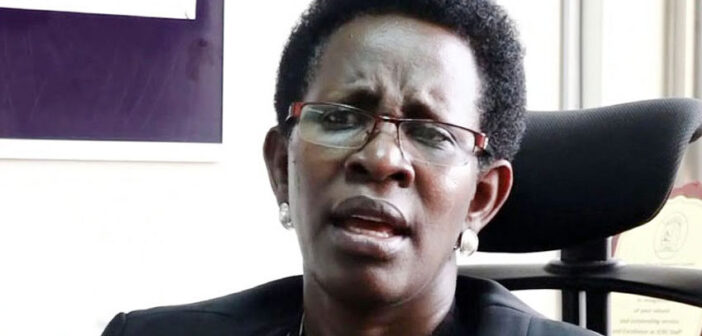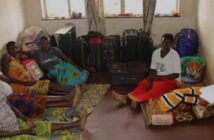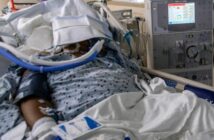The Ministry of Health is planning to phase out all non-specialised or class ‘A’ ambulances in the country.
This is intended to standardise emergency medical rescue services in the country, Diana Atwine, the permanent secretary of the Ministry of Health, on Wednesday.
She made the remarks during the National Resistance Movement (NRM) manifesto week press conference, where the health sector made a presentation on what it has so far done in achieving the commitments made by the Government in the NRM 2021- 2025 manifesto.
Speaking during the event at the Office of the President in Kampala, Atwine said the measure is in a bid to implement the recently announced National Emergency Medical Services (NEMS) policy.
If this measure is implemented, it would essentially mean all ambulances that are provided by many politicians, including MPS, would be unfit to be used for emergency rescue services in the country.
“If politicians are going to help us bridge the ambulance gap, they should come to us and we will give them the right specifications of ambulances to buy. We have no problem with ambulances, but a minibus with pictures, no. We don’t call those ambulances. They are just cars to pick people. We want to maintain the standard of what we call an ambulance,” she said.
Atwine said the move is not intended to antagonise politicians, but to ensure that the available vehicles used as ambulances meet the required standards.
“An ambulance must have oxygen and defibrillators. If I am transporting you and you get a cardiac arrest, I have to shake your heart and wake it up,” she said.
Atwine added that they have come up with standard guidelines to track all ambulances in the country to ensure efficiency.
Ambulances are categorised either as class A, B or C. A type A ambulance (such as what most politicians have) is basically a patient carrier with no medical equipment, while type B ambulances are equipped with diagnostic equipment, cardio-pulmonary support equipment, monitors, and suction machine, among others.
Type C ambulance, on the other hand, is an intensive care unit ambulance which has advanced life support equipment.
“We always dream and our target is to have only type B and type C ambulances. Those are the ambulances that we are acquiring and we are phasing out those that do not meet the standards,” she said. Atwine added: “We appreciate the politicians for the minibuses, but we want to phase them out. We want to have a fully equipped, fully fledged ambulance system,” she said.
Atwine said the ministry is in the process of acquiring 30 more ambulances to add to the existing fleet.
“All this will be a fleet that is well co-ordinated together with water ambulances, which will be managed under our call and dispatch centres in all regions of the country,” she said.
Currently, she said although they are having some challenges with the water ambulances, there is hope that the situation could improve to help improve services in island areas.
President Yoweri Museveni launched the water ambulances last year at an event in Entebbe. Some of the beneficiary districts of water ambulances include Buvuma, Mukono and Kalangala.
“The problem has always been funds for fuel. If you want to pick every patient, you have to be equipped .That is what we are yet to discuss with the finance ministry to see how we can fully operationalise this,” she said.
Across the country, the Government needs 460 ambulances. The plan is that every 100,000 people should have one type B ambulance and every two million people should have the type C.
A report presented last year to Parliament by Dr Charles Ayume, the chairperson of the parliamentary health committee, indicated that there is a funding gap of sh20.8b for a phased establishment of the National Ambulance Service System.
The NEMS policy is supposed to streamline emergency response services in the country. It aims at reducing avoidable mortality, morbidity and disability, by ensuring all people in need of emergency care access it. The policy will provide for safe and quick transportation of the sick to hospitals. In addition, the policy also sets standards for transporting casualties. At the moment, Uganda has more Type A ambulances that are considered transport vehicles that cannot offer any medical care to injured persons.ETC source.



